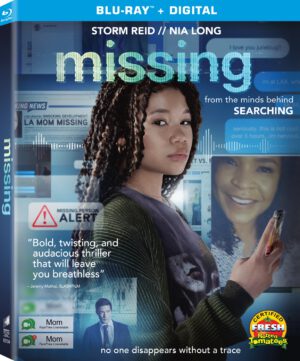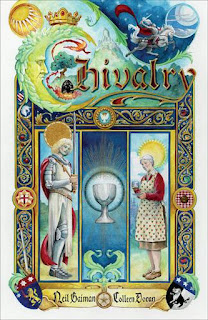Wicked Epic Adventures by Will Henry
This is the third collection of Will Henry’s Wallace the Brave daily strip; it follows Wallace the Brave and Snug Harbor Stories . Usually, with a series, the advice is to start at the beginning – but any half-decent newspaper comic has to be capable of standing on its own, every single day, out of any context, providing a little moment.
And Wallace – if it’s not in your paper (it’s not in mine), you can read it online at GoComics every day instead – is much better than half-decent. It’s at least all-decent: funny, involving, memorable, drawn with verve and written with a puckish wit.
So you could jump into Wicked Epic Adventures first if you wanted. Or either of the preceding books. Or, probably, the fourth book, which I haven’t read yet. Or, as most people do with daily strips, with the daily strip itself, until you get the point where you want to read a big clump in one designed package at once.
Wallace is a person: a six-year-old boy in the bucolic New England town of Snug Harbor. His creator lives in Rhode Island, but I’ve gotten more of a Maine vibe from Snug Harbor – it’s not near a big city, and seems to be on an island or otherwise separated from anywhere else. (Tourists arrive by ferry at a dock, for another touchpoint.)
Wallace McClellan is one of those relentlessly positive, endlessly active kids – the kind of person who has so much energy and crazy ideas that he would be annoying if he weren’t so nice. (And, frankly, I still find him annoying some of the time.) He’s also the center of the two semi-separate casts of the story, as often happens in a strip comic. One group is his family; the other is his friends at school.
His father is a commercial fisherman; it’s a bit vague about whether Mr. McClellan works for a larger company or is an independent guy with his own boat and operation. His mother doesn’t work outside the home, but is an avid gardener and surfer, and a more modern version of the tough, loving mom figure than you see in most strip comics. She also seems to be the source of Wallace’s imagination and crazy ideas. His younger brother Sterling is less prominent here than he’s become more recently, but he’s a different and pure kind of wild child.
In school, Wallace often fails to heed the grounded, helpful Mrs. Macintosh, who is mostly in these strips to be a voice of reason when there needs to be an unheeded voice of reason. His best friend is Spud, my favorite character: a quirky, food-obsessed fussbudget who I suspect would be much more at home further away from all this nature and who gets dragged along on all of Wallace’s crazy schemes without ever enjoying or agreeing to any of them. And then there’s Amelia, who is still “the new girl” at this point – fairly newly arrived in town, with the take-charge, no-nonsense attitude of a girl who is smart, knows it, and has plans for herself and the world.
The core plot for these strips is still mostly “Wallace does something nutty” – that has changed a bit, more recently, with particularly Amelia driving some plotlines and the newer character Rose being a voice of reason that does get heeded, at least sometimes.
And the joys of a daily strip are in how the creator works out semi-standard plots with well-defined characters – Henry does that well in Wallace, which follows the rhythms of the school year (we get a summer vacation in this one) and relies on everyone’s established character points for his storylines. He’s also a light, visually inventive artist, happy to dive into sidebar visions and ideas, with a line that’s always illustrative and loose.
Bottom line: Wallace the Brave is one of the best strips currently running, fun and distinctive while still clearly in the great tradition, with interesting echoes of a number of predecessors. If daily strips are anything you’ve ever cared about, you should check it out.
Reposted from The Antick Musings of G.B.H. Hornswoggler, Gent.





















